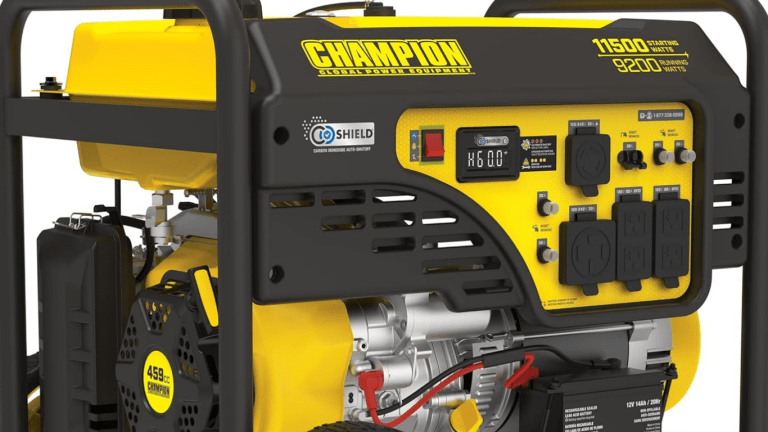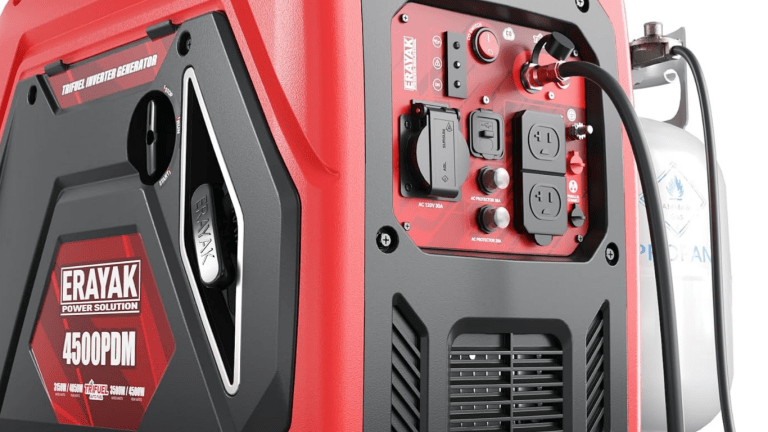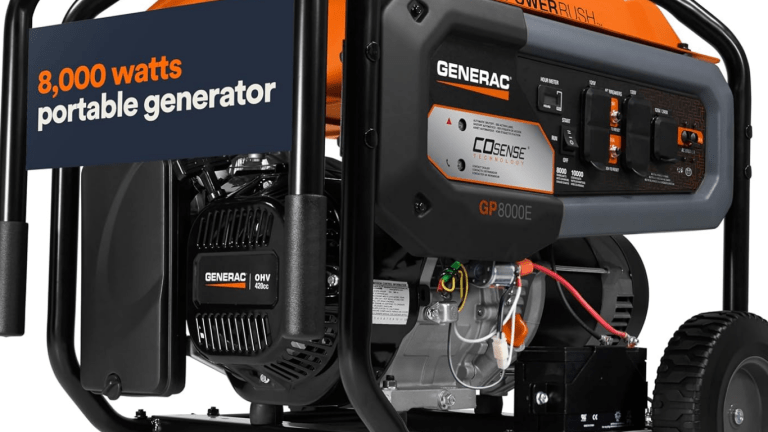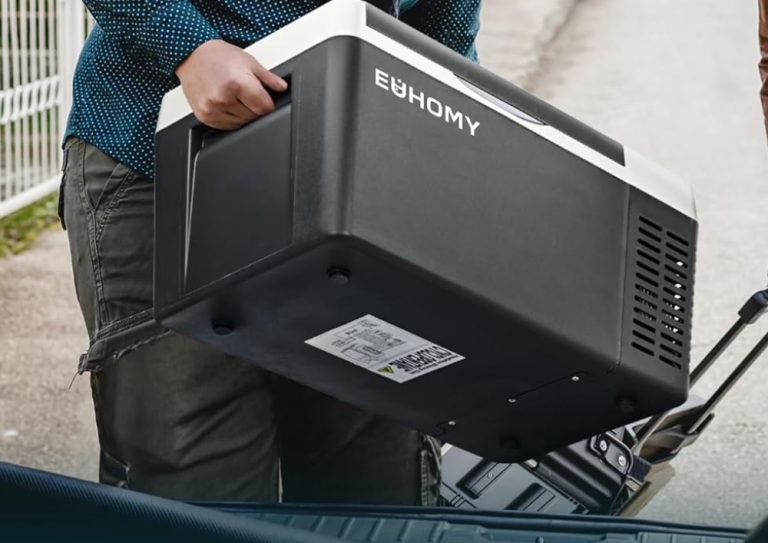Best Backup Generator for Power Outages – Stay Powered When the Lights Go Out
Power outages don’t wait for a convenient time. Whether caused by storms, grid failures, winter freezes, or rolling blackouts, they can disrupt your routine in seconds. If you’ve ever sat in the dark wondering when the power will come back on, it’s time to invest in the best backup generator for power outages. Click the link below to buy one now:

Jackery Explorer 1000 v2 Portable Power Station,1070Wh LiFePO4 Battery,1500W AC/100W USB-C Output, 1 Hr Fast Charge, Solar Generator for Camping,Emergency, RV, Off-Grid Living(Solar Panel Optional)
From keeping your refrigerator running to powering essential medical devices or simply keeping the lights on, the right backup generator provides peace of mind and real protection. In this guide, you’ll discover what kind of generator suits your home, how much power you actually need, and which features make all the difference when the grid goes dark.
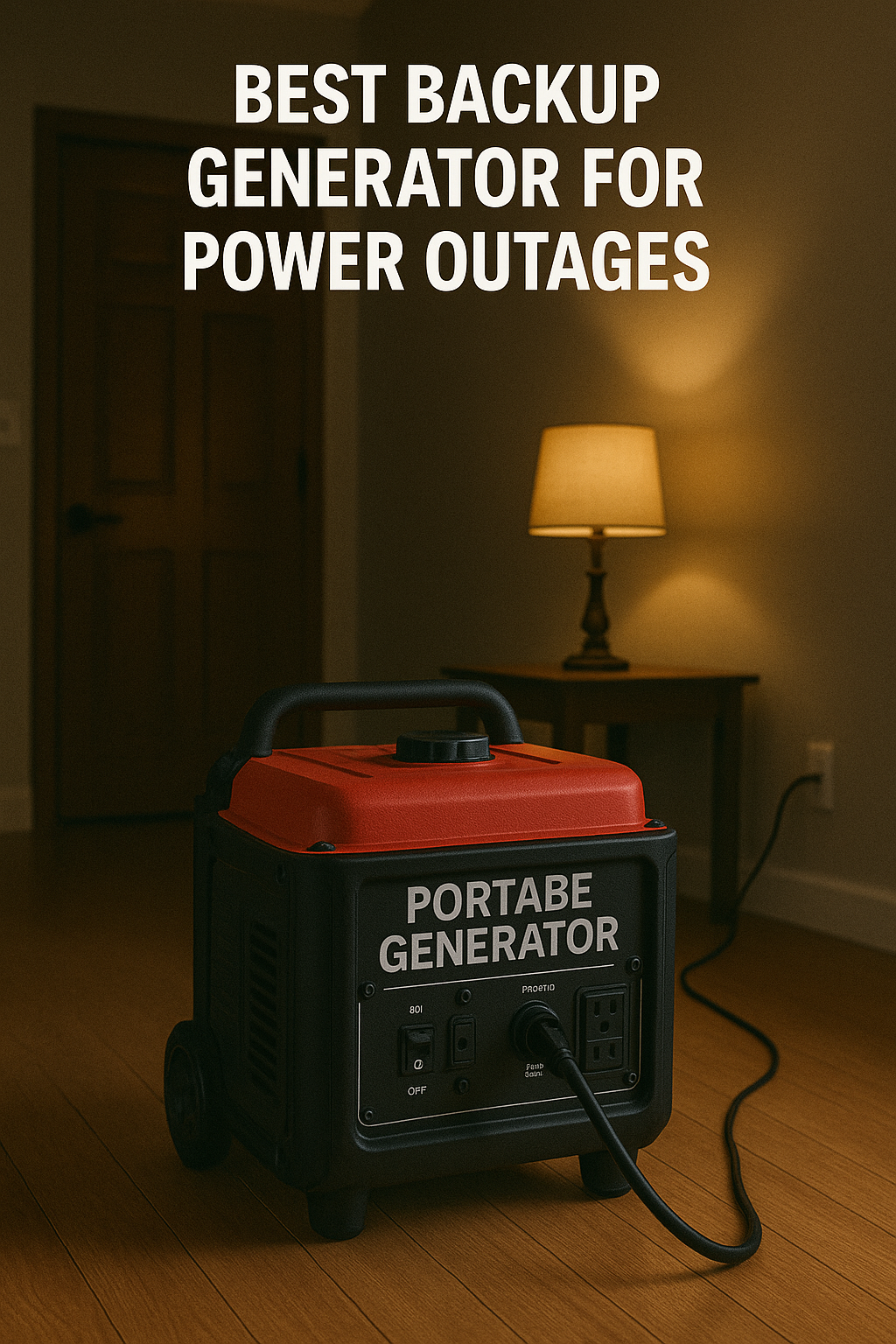
Why You Need a Backup Generator
Modern life depends on electricity. We use it for everything — lighting, heating, cooling, refrigeration, charging devices, cooking, and communication. When the power goes out, even for a few hours, it can cause real problems.
Here’s what a backup generator can do:
- Keep food from spoiling by powering your fridge and freezer
- Provide heat or cooling in extreme weather
- Run sump pumps to prevent basement flooding
- Power medical devices like CPAP machines or oxygen concentrators
- Charge phones, radios, and laptops to stay informed and connected
- Keep lights on for safety and comfort
With extreme weather events and aging infrastructure becoming more common, a reliable generator is no longer a luxury — it’s a smart investment.
How to Choose the Best Backup Generator
There’s no one-size-fits-all solution. The right generator depends on your budget, power needs, and how long you want to be covered during an outage. Here are the key factors to consider:
Power Output
Backup generators come in a range of sizes. Think about which appliances or systems you need to power. Do you just want to keep essentials running, or are you aiming for whole-house coverage?
Small portable units can run a fridge, some lights, and a few devices. Larger models can handle central heating, sump pumps, and multiple appliances. The higher the wattage, the more you can power at once.
Fuel Type
Generators typically run on gasoline, propane, or diesel. Some larger home standby models use natural gas. Choose a fuel source that’s readily available and easy to store safely.
- Gasoline is common but can be hard to store long-term.
- Propane burns cleaner and stores indefinitely.
- Diesel offers more power but is noisier.
- Dual-fuel generators give you flexibility and better fuel security during emergencies.
Portability vs Standby
Do you want something you can move around or a unit that’s permanently installed?
- Portable generators are versatile and more affordable. They need to be started manually and connected with extension cords or transfer switches.
- Standby generators are installed outside your home and kick on automatically when power goes out. They’re more expensive but offer seamless protection.
Runtime
Check how long the generator can run on a full tank or charge. For overnight protection, you’ll want at least 8 to 12 hours of runtime at 50% load. Look for models with larger fuel tanks or inverter technology that adjusts output for better efficiency.
Noise Level
Generators can be noisy, especially larger units. If you live in a neighborhood or plan to run it overnight, choose a model with quiet operation — especially under 70 decibels.
Outlets and Compatibility
Make sure your generator has enough outlets and the right types for your needs: household AC outlets, 30-amp or 50-amp RV-style ports, and possibly USB charging. A model with a transfer switch hookup is ideal for safely connecting to your home’s electrical panel.
What Size Generator Do You Need for a Power Outage?
Before buying a generator, calculate the total wattage of the appliances and systems you want to run. Here’s a basic example of essential household needs:
- Refrigerator: 600 watts
- Freezer: 500 watts
- Lights (several LED bulbs): 100 watts
- Phone/laptop charging: 100 watts
- Microwave or toaster oven: 1000 watts
- Space heater or fan: 1500 watts
- Sump pump: 750 watts
In this case, a generator that provides at least 4000 watts of running power will cover the essentials with a little breathing room. If you want to include things like well pumps, central AC, or electric water heaters, you’ll need a larger unit — sometimes over 8000 watts.
Always check the surge wattage, too. Many appliances draw more power at startup than while running.
Top Features to Look For in a Backup Generator
Electric Start
Forget pulling a cord. With electric start, you can power up your generator with the push of a button — a lifesaver during emergencies or cold weather.
Inverter Technology
Generators with inverter tech produce cleaner power, adjust output based on load, and are safer for sensitive electronics. They’re quieter, more fuel-efficient, and better for small-to-mid range home needs.
CO Shutoff Safety
Look for models with carbon monoxide detection that automatically shut off the generator if CO builds up. This adds an extra layer of protection if the unit is too close to enclosed spaces.
Wheel Kit and Handles
If you’re going with a portable generator, make sure it’s easy to move. A good wheel kit and fold-down handles help you relocate it quickly, especially when weather conditions get tough.
Transfer Switch Compatibility
A transfer switch lets you power your home’s circuits safely and efficiently during an outage without running extension cords everywhere. Many generators come “transfer switch ready” with an outlet built specifically for this purpose.
Generator Safety Tips During Outages
Using a generator during a power outage requires care. Here are key safety reminders:
- Never run a generator indoors or in enclosed spaces — including garages or sheds. Always operate it outdoors, at least 20 feet from windows or vents.
- Let the engine cool before refueling to avoid fire hazards.
- Use heavy-duty extension cords rated for outdoor use and high wattage.
- Install CO detectors in your home if you’re using a fuel-powered generator.
- Secure fuel in approved containers and keep it away from heat sources.
Final Thoughts: Be Ready When the Power Goes Out
A backup generator isn’t just about convenience — it’s about protection, safety, and peace of mind. The best time to buy one is before you need it. When storms roll in or the grid goes down unexpectedly, you’ll be ready.
Whether you choose a portable inverter generator for essentials, a dual-fuel unit for flexibility, or a whole-home standby system for complete coverage, the key is choosing a generator that fits your home, your needs, and your budget.
Power outages are unpredictable — your response to them doesn’t have to be. Click the link below to buy one now.

Jackery Explorer 1000 v2 Portable Power Station,1070Wh LiFePO4 Battery,1500W AC/100W USB-C Output, 1 Hr Fast Charge, Solar Generator for Camping,Emergency, RV, Off-Grid Living(Solar Panel Optional)



